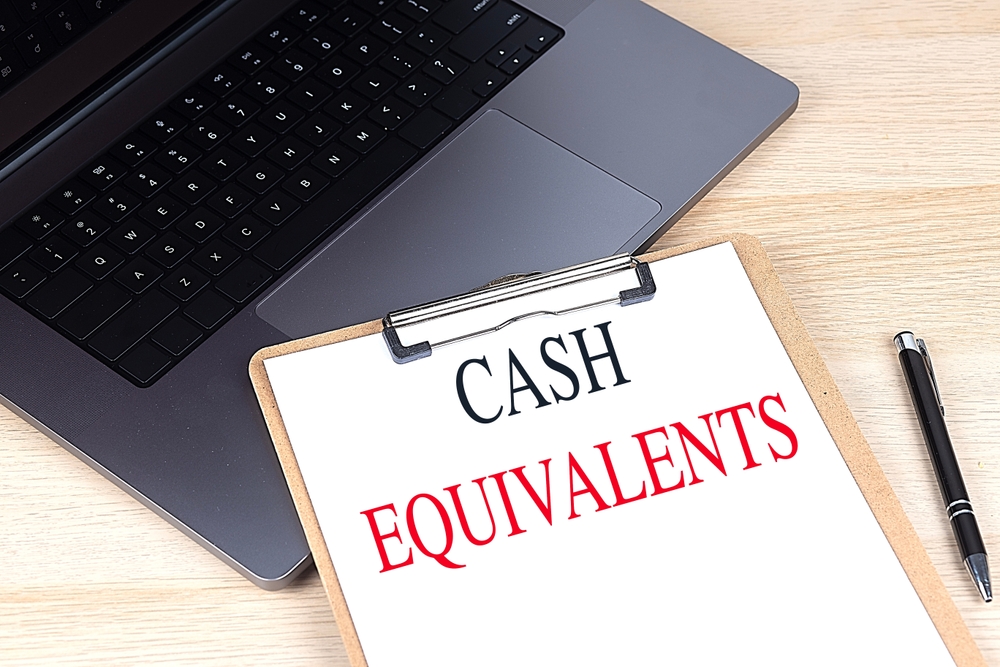Usually the most liquid of all assets. The quickest of quick assets, the most current of current assets.
What are Cash Equivalents?
Cash includes legal tender, bills, coins, checks received but not deposited, and checking and savings accounts. Cash equivalents are any short-term investment securities with maturity periods of 90 days or less. They include bank certificates of deposit, banker’s acceptances, Treasury bills, commercial paper, and other money market instruments.
Cash and its equivalents differ from other current assets like marketable securities and accounts receivable, based on their nature. However, certain marketable securities may classify as a cash equivalent, depending on the accounting policy of a company.
List of Cash Equivalents
The full list of cash equivalents includes the following items with maturity dates that are typically three months or less:
- Banker’s acceptance
- Commercial paper
- Treasury bills
- Other liquid investments that mature within three months
Companies may elect to classify some types of their marketable securities as cash equivalents. This depends on the liquidity of the investment and what the company intends to do with such products. Typically, this will be disclosed in the footnotes of a company’s financial statements.
Working Capital
Cash and cash equivalents are part of the current assets section of the balance sheet and contribute to a company’s net working capital. Net working capital is equal to current assets, less current liabilities.
Working capital is important for funding a business in the short term (12 months or less) and can be used to help finance inventory, operating expenses, and capital purchases.
Importance in Financial Modeling and Valuation
In financial modeling and valuation, cash is king. Financial analysts spend a lot of their time “undoing” the work of accountants (accruals, matching, etc.) to arrive at the cash flow of a business.
When building a financial model, cash is typically the last item to be completed and will reveal whether or not the balance sheet balances and if the model is working properly.
What’s Not Included in Cash Equivalents
Investments in liquid securities, such as stocks, bonds, and derivatives, are not included in cash and equivalents. Even though such assets may be easily turned into cash (typically with a three-day settlement period), they are still excluded. The assets are listed as investments on the balance sheet.







